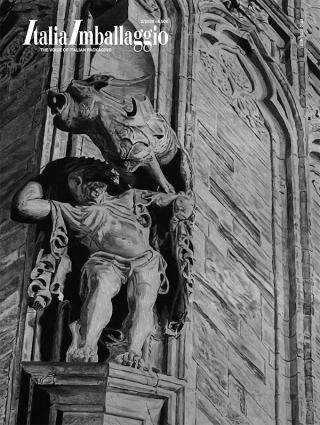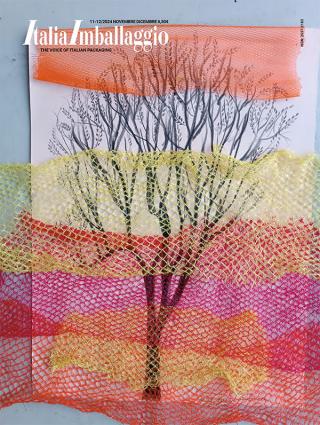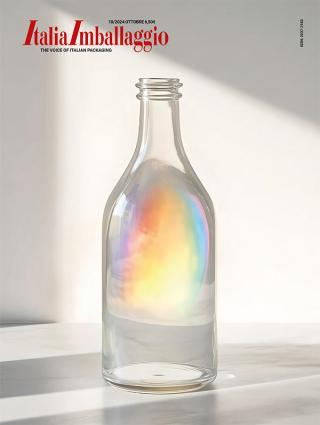Latest update

Via Giovanni Francesco Maggiò
1
81025
Z.I. Marcianise Sud
CE
Italia
Company Email
Telephone
+39 081 8421259
Website
Settori di destinazione
Merceologia
- 1.A. MATERIALS AND AUXILIARY PRODUCTS
- 1.A.1. Steel and aluminium
- 1.A.1.1 Aluminium foil
- 1.A.2. Paper and card
- 1.A.2.1 Paper laminates for food use
- 1.A.2.10 Special papers (for labels, for laminating…)
- 1.A.2.13 Cardboard (kraft, stretched, microcorrugate…)
- 1.A.2.7 Papers and cardboard for luxury packaging
- 1.A.3. Plastic
- 1.A.3.10 High barrier, laminated or co-extruded films
- 1.A.3.11 Biobased films
- 1.A.3.13 Biodegradable films
- 1.A.3.16 Compostable films
- 1.A.3.19 Bubble plastic films
- 1.A.3.28 Metallized films
- 1.A.3.34 Polyolefin neutral films: PE, PP, OPP, transparent, white, pearly, etc.
- 1.A.3.46 Packaging nets
- 1.A.3.7 Laminated films
- 1.B. PACKAGING
- 1.B.1. Primary packaging
- 1.B.1.1 Bag-in-boxes
- 1.B.1.13 Cook-in pouches
- 1.B.1.16 Pre-made paper, laminate, plastic pouches
- 1.B.1.19 Stand-up pouches
- 1.B.1.22 Single-dose sachets
- 1.B.1.25 Composite containers (jars)
- 1.B.1.37 Bioplastic containers (jars – trays - tubs -)
- 1.B.1.4 Industrial bag-in-boxes
- 1.B.1.43 Cardboard containers (cans - trays)
- 1.B.1.46 Polylaminate containers for liquids
- 1.B.1.49 Plastic containers (jars - trays - tubs -)
- 1.B.1.58 Single-dose plastic containers
- 1.B.1.61 Take-away disposable containers for food-to-go, food-service and fresh food
- 1.B.1.64 Printed/laminated flexible packaging
- 1.B.1.67 Paper, plastic and fabric bags
- 1.B.2. Secondary packaging
- 1.B.2.1 Rigid cardboard boxes and cases
- 1.B.2.10 Shipping bags
- 1.B.2.13 Cardboard multipacks
- 1.B.2.16 Plastic multipacks
- 1.B.2.19 Shoppers
- 1.B.2.25 Cardboard trays
- 1.B.2.7 Bags for boutiques
- 1.B.3. Transport packaging
- 1.B.3.1 Big Bags for transporting bulk material
- 1.B.3.49 Industrial bags
- 1.C. COMPLEMENTS, CONSUMABLES AND AUXILIARY PRODUCTS
- 1.C.1. Closures and dispensers
- 1.C.1.1 Resealable openings for flexible packaging
- 1.C.1.4 Capsules for wines and sparkling wines
- 1.C.2. Labels, decorations and consumables
- 1.C.2.22 Non-adhesive paper labels
- 1.C.2.25 Non-adhesive die-cast plastic labels
- 1.C.2.28 Roll mounted non-adhesive plastic labels






